Science has evolved through centuries of bold ideas, some of which now seem unusual or even mistaken. Yet, these forgotten theories once shaped our understanding, providing early frameworks that led to groundbreaking discoveries. Many of these ideas—like phlogiston in chemistry or the Martian canals in astronomy—were stepping stones that paved the way for modern scientific methods and theories. While they’ve since been replaced or refined, these theories reflect a time when imagination and curiosity drove exploration and experimentation. By looking back at them, we can see how each contributed in some way to the knowledge we rely on today.
Phlogiston Theory
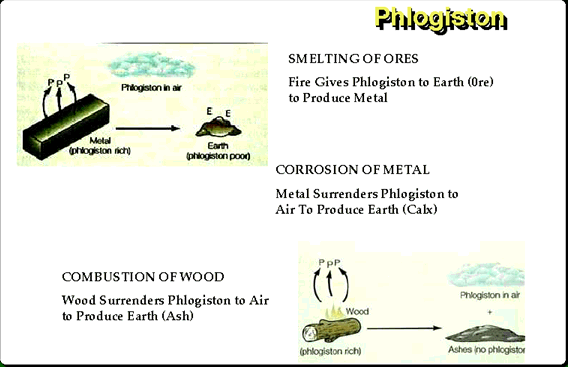
Phlogiston theory proposed that a fire-like element, “phlogiston,” was released during combustion. According to this theory, materials burned until they exhausted their phlogiston, leaving only ash behind. Scientists believed phlogiston explained why metals lost mass when oxidized. It dominated chemical thought for over a century until the late 18th century. Antoine Lavoisier disproved it by demonstrating that combustion involves oxygen, not phlogiston. This new understanding paved the way for modern chemistry. Although debunked, phlogiston theory was essential in sparking more rigorous methods of experimentation in science.
Geocentric Model of the Universe
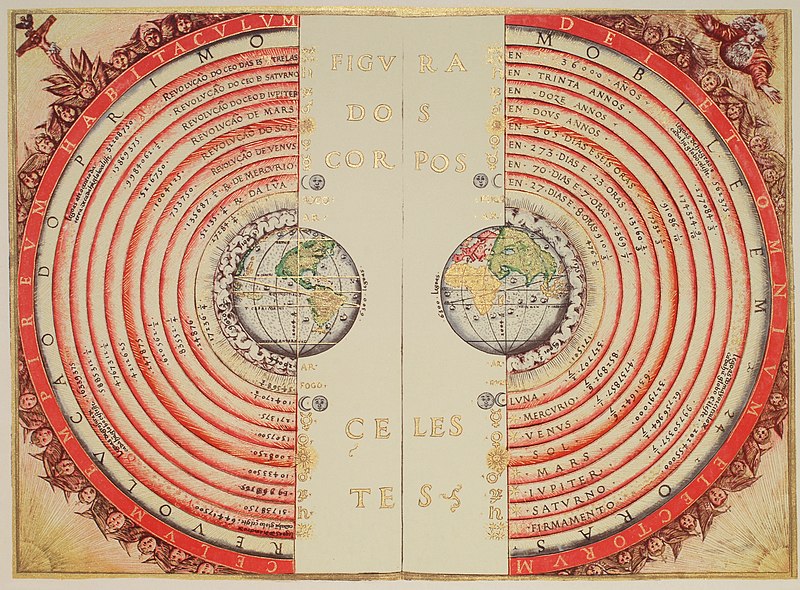
The geocentric model, advocated by Ptolemy, held that Earth was the center of the universe. For over a thousand years, this view influenced astronomy and theology. It supported the belief that Earth and humanity occupied a special, central place. Copernicus’s heliocentric model eventually replaced it, showing that the sun was at the center of the solar system. This shift marked a pivotal moment in science, challenging long-held worldviews. The transition wasn’t quick; many resisted it due to religious and cultural beliefs. Nevertheless, the geocentric model laid the groundwork for astronomical study and debate.
Vitalism
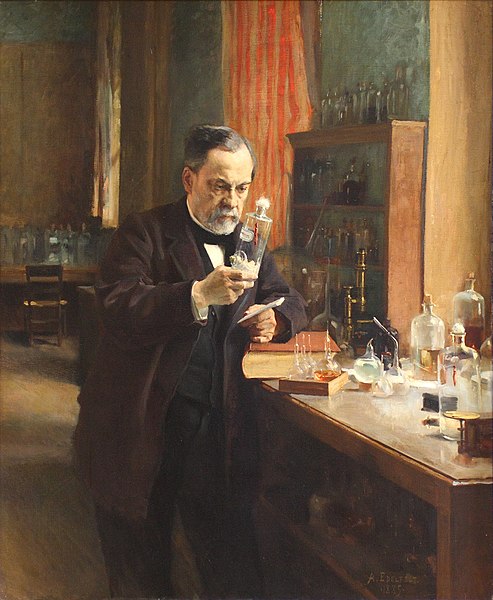
Vitalism was the belief that living organisms possess a “vital force” absent in non-living things. Scientists believed that this force couldn’t be explained by physical or chemical laws alone. Vitalism suggested that life itself had an intangible quality that set it apart from inanimate matter. As biology advanced, discoveries like cellular function and genetic code invalidated this idea. Chemists synthesized organic molecules, proving life’s processes were chemical in nature. Even so, vitalism influenced early research in biology and biochemistry. The concept remains of historical significance in understanding life’s mysterious qualities.
Spontaneous Generation
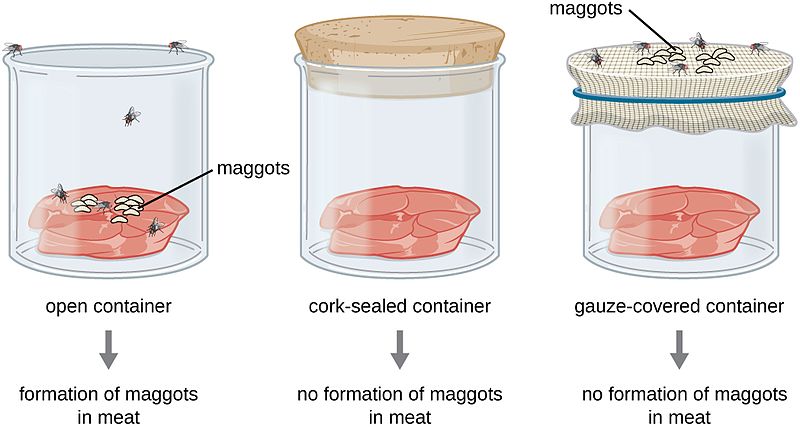
Spontaneous generation theorized that life could arise from non-living matter. People once believed that decaying organic matter could produce living organisms, such as maggots in rotting meat. It was an accepted theory until the 19th century when Louis Pasteur disproved it. Pasteur’s experiments demonstrated that microorganisms only appear in nutrient-rich environments exposed to contamination. His findings led to the understanding of germ theory and sterilization methods. Although erroneous, spontaneous generation spurred research in microbiology. It remains an example of early scientific inquiry into the origins of life.
Humorism

The theory of humorism held that human health depended on balancing four bodily fluids: blood, phlegm, yellow bile, and black bile. Greek physicians, especially Hippocrates and Galen, developed this theory, which influenced medicine for centuries. Imbalances in these “humors” were thought to cause physical and mental illnesses. Treatment methods included bloodletting and dietary changes to restore balance. By the 19th century, modern medical science replaced humorism with more accurate physiological understandings. Despite its inaccuracies, humorism was the basis for early diagnostic and therapeutic methods. This theory laid the foundation for the development of medical practices.
The Luminiferous Aether
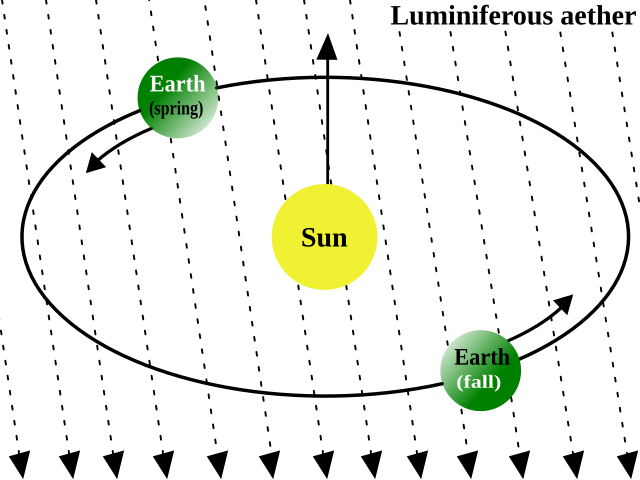
The luminiferous aether was believed to be an invisible medium through which light waves traveled. Before the understanding of electromagnetic waves, scientists thought the aether filled all of space. This theory helped explain how light could travel through a vacuum. Experiments by Michelson and Morley, however, found no evidence of such a medium. The failure to detect aether led Einstein to propose his theory of relativity, eliminating the need for it. Although dismissed, the concept was instrumental in studying light and wave behavior. The search for aether pushed scientists toward the physics of relativity.
Caloric Theory

Caloric theory suggested that heat was a fluid-like substance called “caloric” that flowed from warmer to cooler bodies. This theory viewed heat as a substance rather than a form of energy. Early thermodynamic studies relied on caloric theory for understanding heat transfer. James Joule’s experiments in the mid-19th century eventually debunked it, proving heat as energy. The realization that energy, not substance, defines heat led to modern thermodynamics. Caloric theory’s influence is seen in the transition to kinetic theory and energy conservation. Despite its flaws, it inspired essential advancements in physics.
Miasma Theory
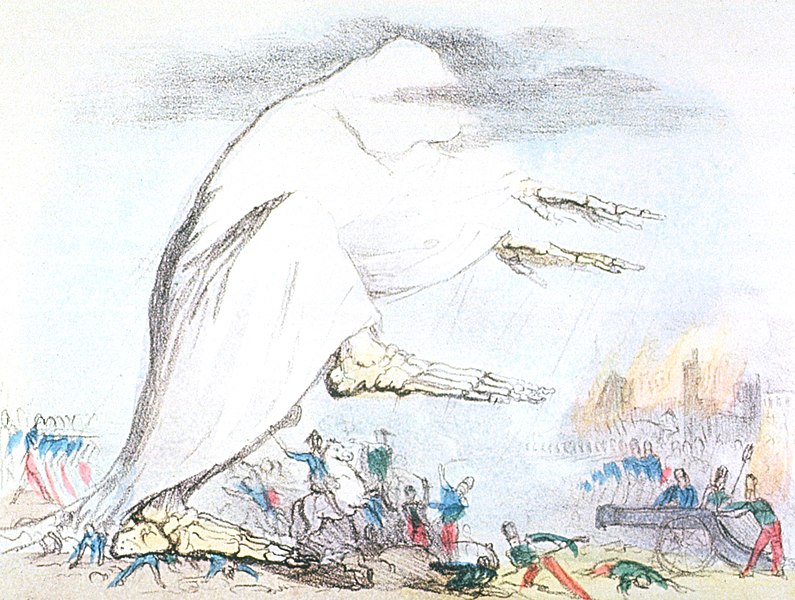
Miasma theory posited that diseases, especially plague and cholera, spread through “bad air.” In the 19th century, this theory was widely accepted in Europe. It suggested that foul odors carried diseases and led to extensive sanitation reforms. The theory persisted until germ theory provided a microbial explanation for illness. Ignaz Semmelweis’s work in hand hygiene, influenced by miasma theory, reduced mortality in hospitals. Though incorrect, miasma theory led to cleaner environments and public health measures. It is a reminder of the evolving understanding of disease transmission.
Epicycles in Planetary Motion

Epicycles were added to the geocentric model to explain retrograde planetary motion. Early astronomers observed that planets sometimes moved backward, contradicting circular orbits. To explain this, they introduced epicycles, or small circular paths within larger orbits. Although incorrect, epicycles kept the geocentric model relevant until the heliocentric model took hold. Ptolemy’s intricate calculations improved observational astronomy despite the flawed concept. The theory of epicycles demonstrates attempts to match observation with existing models. It influenced the precision of astronomical observations, even in error.
Catastrophism

Catastrophism held that Earth’s geological features resulted from sudden, large-scale events. This theory suggested that cataclysms like floods and volcanic eruptions shaped the planet. While elements of it remain in understanding specific events, uniformitarianism replaced it, promoting gradual geological changes over time. Charles Lyell’s work argued that slow, continuous processes explained most landforms. The rise of uniformitarianism was essential in geology and evolutionary biology. However, catastrophic events like asteroid impacts later proved relevant in some geological changes. Catastrophism introduced the idea that Earth’s history includes both rapid and gradual transformations.
Lamarckism
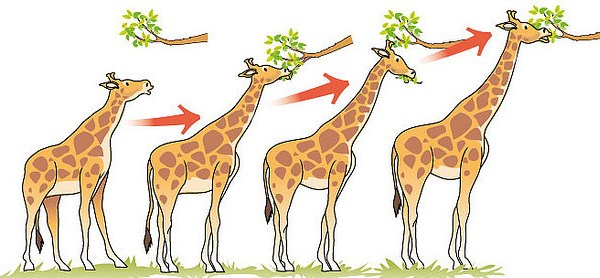
Lamarckism proposed that organisms could pass on traits acquired during their lifetime to their offspring. Jean-Baptiste Lamarck suggested this theory in the early 19th century, long before Darwin’s theory of evolution by natural selection. According to Lamarck, if an animal developed a characteristic during its life, such as a giraffe stretching its neck to reach leaves, that trait would be inherited. While this concept was eventually disproven, it paved the way for exploring heredity and evolutionary biology. Darwin’s theory later provided a more accurate understanding of how traits are passed on. Lamarckism still influenced early discussions on adaptation and evolution, and epigenetics has recently shown that environmental factors can impact genetic expression in subtle ways. Despite its flaws, Lamarckism was an essential step in the study of life sciences.
Pangenesis

Pangenesis was Charles Darwin’s theory suggesting that “gemmules,” tiny particles, carried traits from each body part to reproductive cells. Darwin believed these gemmules would collect in the reproductive organs, determining offspring characteristics. This theory sought to explain heredity and variation before the discovery of genes and DNA. Eventually, Gregor Mendel’s work on inheritance through genetic factors overshadowed pangenesis. Nonetheless, Darwin’s idea underscored the complexity of inheritance and sparked debate about heredity mechanisms. Pangenesis contributed to scientific curiosity about cellular function and heredity. While incorrect, it shows Darwin’s struggle to explain the mechanisms behind evolution.
Recapitulation Theory
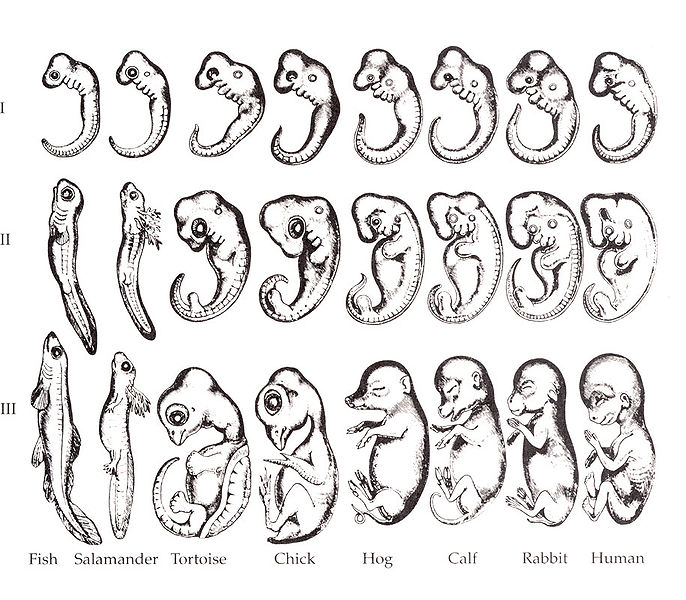
Recapitulation theory suggested that embryos pass through stages mirroring evolutionary ancestors during development. The phrase “ontogeny recapitulates phylogeny” was coined by Ernst Haeckel, who believed that embryonic stages reflected an organism’s evolutionary history. While certain stages may share similarities across species, this theory has since been disproven. Genetics and developmental biology have shown that embryonic development is not a literal replay of evolution. However, recapitulation theory influenced comparative embryology and evolutionary biology. Haeckel’s ideas inspired deeper investigation into the stages of development across different species. The theory demonstrated early efforts to link development and evolutionary history.
Hollow Earth Theory
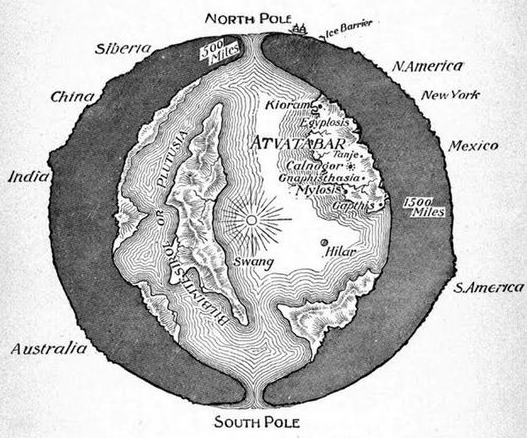
Hollow Earth theory suggested that Earth was mostly hollow and contained vast internal spaces or even entire civilizations. Prominent figures like Edmond Halley and John Cleves Symmes promoted variations of this idea in the 17th and 18th centuries. Halley’s theory sought to explain magnetic anomalies, while others envisioned a hidden, populated world beneath Earth’s surface. As exploration and geology advanced, evidence for a solid Earth became overwhelming. Today, seismic data reveal Earth’s layers, refuting the concept of a hollow Earth. Despite being debunked, Hollow Earth theory has inspired countless myths, stories, and early discussions on geology. It highlights the imaginative and exploratory spirit of early scientific thought.
Abiogenesis

Abiogenesis was the idea that life arose spontaneously from non-living matter under certain conditions. While often linked to spontaneous generation, abiogenesis as a field has evolved to examine how life could emerge on a young Earth. Early proponents believed in life forming from mud or decomposing matter, but modern research explores prebiotic chemistry instead. Although this early form of abiogenesis has been dismissed, studies on amino acids and self-replicating molecules have renewed interest in life’s origins. Abiogenesis, in its modern form, is distinct from the disproven spontaneous generation. The theory marked a foundational question in biology and chemistry. It represents humanity’s quest to understand the mysteries of life itself.
Transmutation of Metals (Alchemy)

Alchemy held that base metals, like lead, could be transformed into gold through a process called transmutation. Alchemists believed that by refining and purifying metals, they could unlock hidden potential, creating the “philosopher’s stone.” Though the goal of transmutation was never achieved, alchemists laid the groundwork for early chemistry. Their experiments with heat, purification, and mineralogy led to advancements in laboratory techniques. Eventually, scientific methods overtook mystical practices, transforming alchemy into chemistry. Transmutation may have been impossible, but it inspired centuries of study in elemental science. The pursuit of the philosopher’s stone symbolizes humanity’s drive to understand and manipulate matter.
Martian Canals

In the 19th century, astronomer Percival Lowell famously suggested that “canals” observed on Mars were evidence of an intelligent Martian civilization. Lowell’s theory gained popularity due to his observations through telescopes and writings describing an advanced Martian society managing water resources. This view fueled speculation about life beyond Earth, inspiring early science fiction. Eventually, clearer imaging showed that these canals were optical illusions and natural features, not engineered structures. While Lowell’s theories were wrong, they sparked public interest in space exploration. This fascination helped drive the development of planetary science. The Martian canals theory shows how scientific inquiry can blend with imagination.
Uniformity in Earth’s Crust Composition

Early geologists once believed that Earth’s crust had a uniform composition throughout. This theory led scientists to assume that mineral resources and rock types were distributed evenly worldwide. As geological research expanded, it became evident that tectonic processes caused significant variations. Advances in the study of plate tectonics and continental drift revealed diverse mineral and rock distributions. Although disproven, the uniform crust theory marked an early attempt to understand geological composition. This shift helped researchers investigate crust dynamics, leading to modern understandings of plate tectonics. The theory’s fall illustrated the importance of observation in geology.
Homunculus Theory
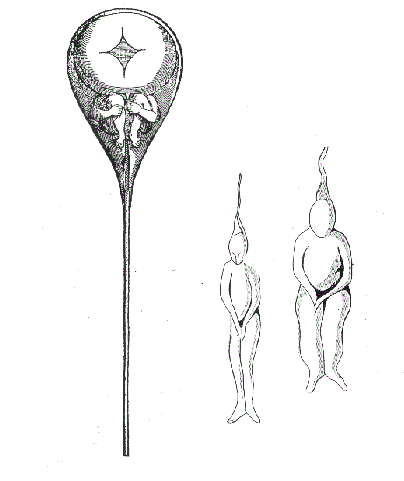
The homunculus theory suggested that sperm contained a tiny, fully-formed human, or “homunculus,” which would grow inside the womb. Popular in the 17th and 18th centuries, this view implied that all traits were pre-existing in sperm. The theory reflected early misunderstandings of reproduction before advances in cell biology and genetics. As microscopes improved, scientists observed sperm and egg cells’ roles in fertilization, debunking the homunculus idea. The homunculus theory contributed to the curiosity surrounding reproduction, even in its flawed assumptions. Its demise marked a leap forward in embryology and heredity. The concept remains a reminder of the evolving understanding of human development.
This article originally appeared on Rarest.org.
More From Rarest.Org
As NBA players age, the physical demands of the game often shorten their careers, but some manage to defy the odds and play well into their late 30s and even 40s. These players not only showcased impressive longevity but also maintained high levels of performance, cementing their legacies as some of the game’s greats. Read more.
Throughout history, some of the world’s most famous landmarks have held fascinating secrets hidden within their walls. These hidden passages, often built for security, secrecy, or practicality, add a mysterious element to places already rich with history. Read more.
Parasites are some of the most astonishing organisms on the planet, using incredibly clever tactics to survive and reproduce. From manipulating their hosts’ behavior to completely taking over their bodies, these creatures have evolved mind-blowing strategies to ensure their life cycles continue. Read more.



